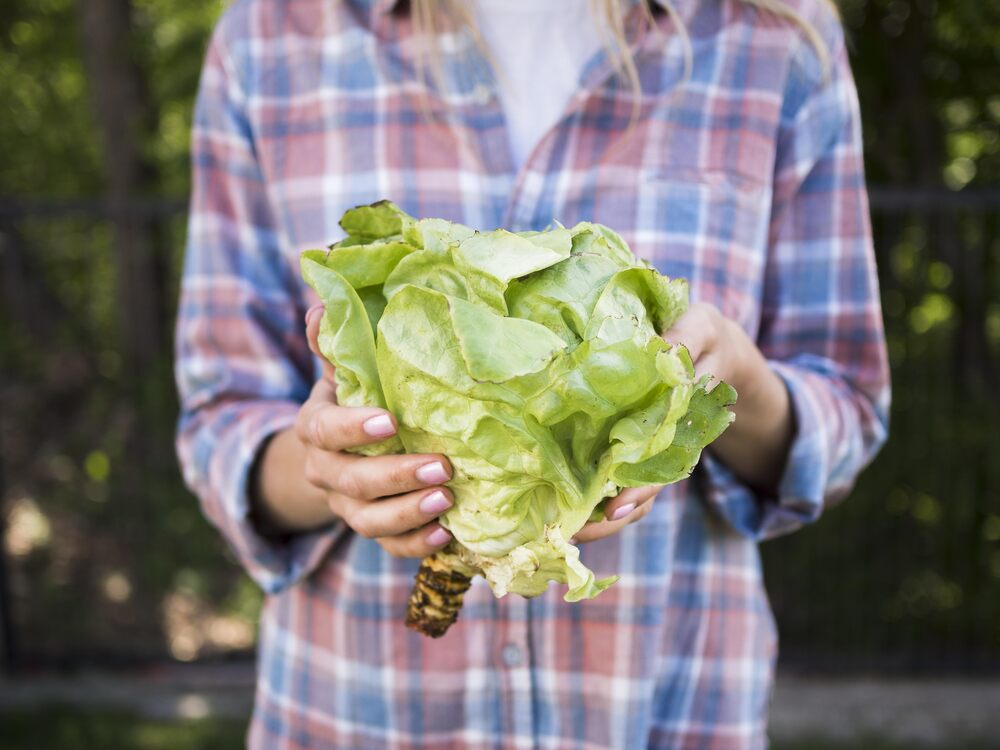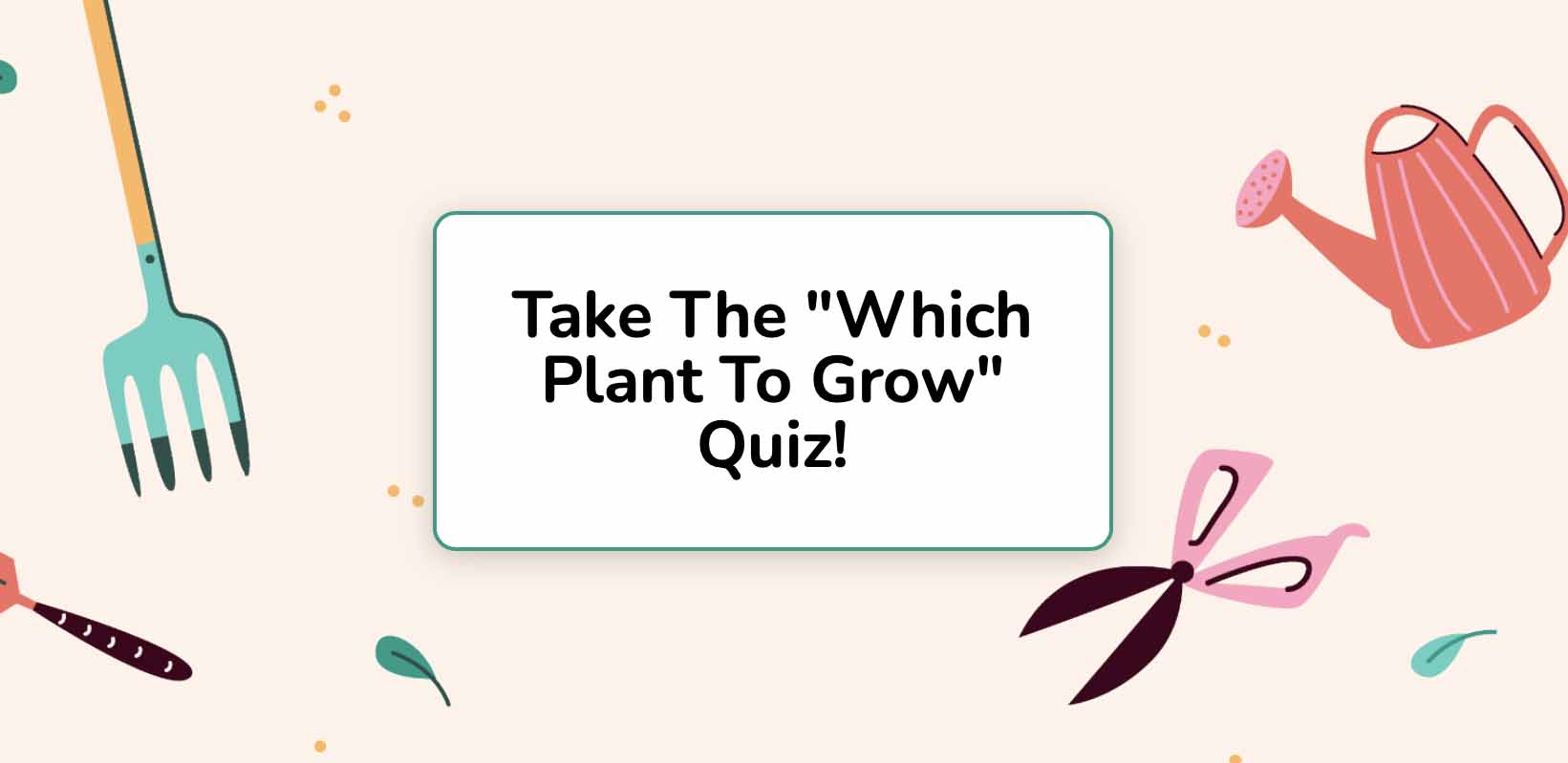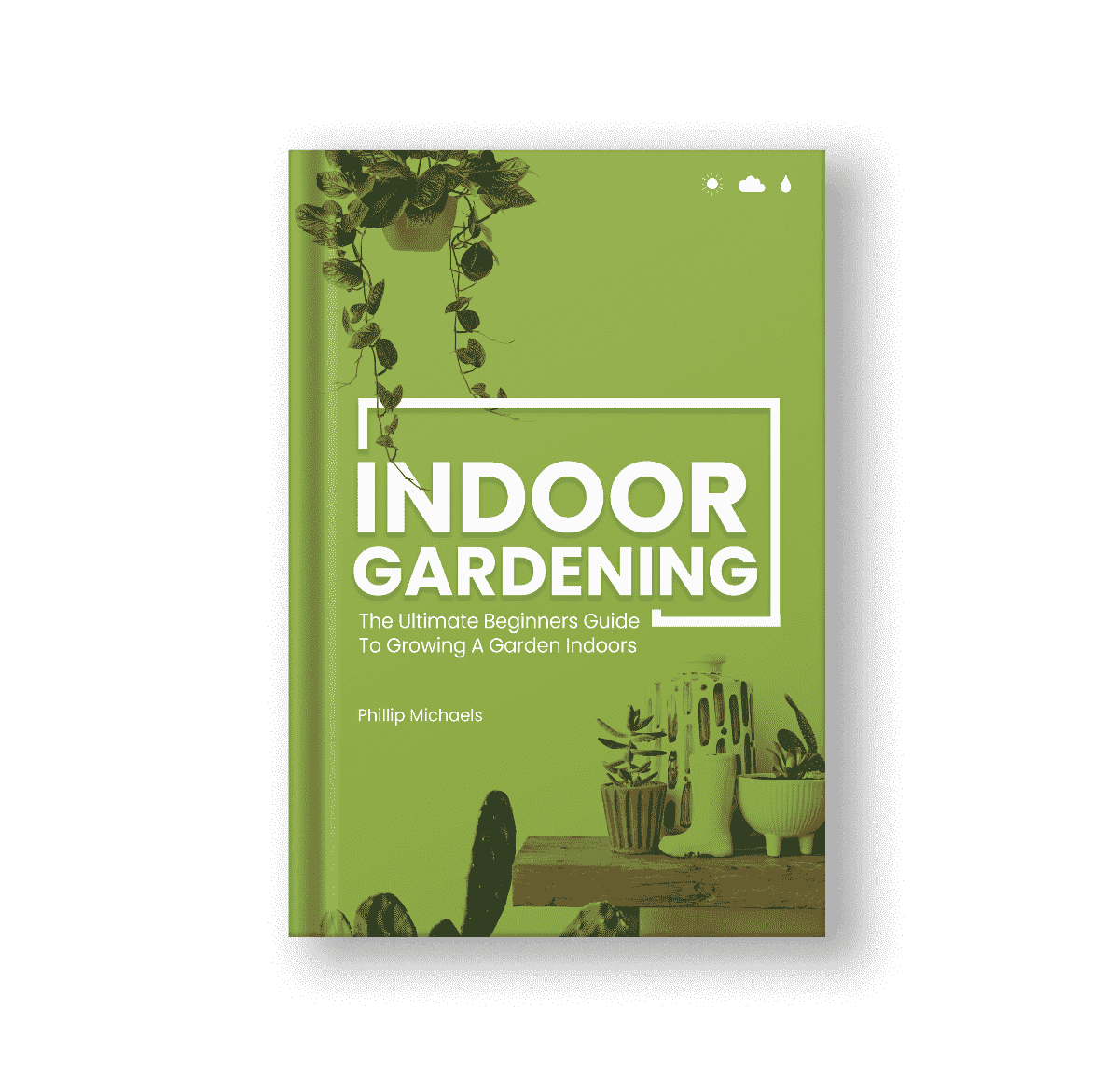Growing lettuce indoors during winter is a practical solution for fresh greens year-round. It only requires a small space, consistent light, and regular watering to keep lettuce thriving even when temperatures drop. Many varieties, like Arctic King or Winter Marvel, adapt well to indoor conditions, making it easy to maintain a steady supply without needing a specialized setup.
With simple containers, common potting mix, and either natural bright light or affordable grow lights, anyone can enjoy homegrown salads through the colder months. Proper watering and ensuring 6–12 hours of light daily are key factors to support healthy growth and faster harvest cycles indoors. This approach offers a budget-friendly and convenient way to stay stocked with fresh lettuce all winter long.
Choosing the Best Lettuce Varieties for Indoor Winter Growing
Selecting the right lettuce varieties is key to successful indoor winter gardening. Factors such as cold tolerance, growth habits, and taste preferences help narrow down the options for indoor environments.
Recommended Lettuce Types
Frost-tolerant lettuces thrive indoors during winter. Varieties like Winter Density, Arctic King, and Rouge d’Hiver are known for their ability to withstand cooler temperatures. Loose-leaf types, such as Baby Oakleaf, Tom Thumb, and Black-Seeded Simpson, also perform well because they adapt to lower light levels.
Considerations for Growth Habit and Size
Lettuce type affects space and light needs indoors. Loose-leaf varieties generally require less room and mature faster, making them excellent for small containers or limited shelf space.
Compact types like Tom Thumb suit indoor conditions well, as they grow slowly and remain small. Conversely, large head lettuces need more light and space and risk bolting indoors during winter.
Flavor and Texture Preferences
Flavor varies widely across lettuce varieties. Butterhead lettuces provide a mild, tender texture, while Batavian types offer a crisp, crunchier bite.
Some winter varieties have slightly stronger or nuttier flavors, which may appeal to those wanting more variety in salads. For simple, fresh tastes indoors, mild loose-leaf types like Black-Seeded Simpson work well.
Any of the above options are great choices, and will make growing to a successful harvest easier. In general, you want to look for varieties that are both cold tolerant, and thrive in low-light conditions. You can certainly grow other varieties, but optimizing for these two characteristics will make it much easier.
Setting Up Your Indoor Lettuce Garden
There are three keys to a successfully growing lettuce indoors; light, temperature, and growing space. A bright location with the right containers and stable humidity helps ensure healthy crop growth. The setup should mimic outdoor conditions as closely as possible while protecting the plants from cold drafts.
Selecting a Suitable Location
A spot with 6–8 hours of bright light daily is crucial for indoor lettuce. A south-facing window is ideal because it provides natural light during shorter winter days. If natural light is limited, supplement with LED or fluorescent grow lights positioned 6–12 inches above the plants.
The location should also have good air circulation but avoid direct exposure to cold winds or heat vents. Placing the garden away from drafts maintains consistent warmth. A stable environment encourages steady growth and reduces stress, which can stunt your plant’s growth.
Containers and Growing Medium
Shallow, wide containers work best for lettuce to accommodate root spread without waterlogging. Containers should also have drainage holes to prevent root rot. Common clay pots are both practical and economical, making them a popular choice for many indoor gardeners.
For soil, a light, well-draining potting mix rich in organic matter is preferred. Most store-bought varieties will work just fine. Lettuce grows quickly, so mixing in a mild, balanced fertilizer supports healthy leaf development.
Optimal Temperature and Humidity for Winter
Lettuce thrives in cooler temperatures, typically between 60-70 °F (15-21 °C) during the day and not dropping below 50 °F (10 °C) at night. Temperatures above 75 °F (23.89 °C) can cause bolting or bitter leaves.
Humidity levels around 40-60% are best. Dry indoor air from heaters may require a humidifier or placing a water tray nearby. Avoid overly damp conditions to reduce mold and fungal risk. Maintaining these conditions helps lettuce grow crisp and tender through winter.
Lighting Solutions for Winter Lettuce Growth
Proper lighting is crucial for growing lettuce indoors during winter, as natural sunlight is limited. As mentioned above, you want to hit between 6–8 hours of sunlight per day for optimal growing. Utilize natural light when possible, but supplementation with grow lights is often needed. When using grow lights, opt to run them for a few extra hours to ensure that your plant is getting enough light.
Sowing Lettuce Seeds Indoors
Lettuce seeds are tiny and require shallow planting. Ideally, sow seeds ¼ inch deep or simply press them gently into the surface of a moist seed-starting mix. Cover lightly with soil or vermiculite to protect without hindering sprouting.
Spacing is important for healthy seedlings. Seeds should be planted about 1 inch (2.54 cm) apart if grown in flats, allowing each plant room to develop without competition. Once seedlings reach 1 to 2 inches (5.08 cm) tall, thinning or transplanting is necessary.
Overcrowded seedlings frequently become leggy as they compete for light, so keeping proper spacing during sowing helps avoid this issue.
Transplanting Seedlings
Seedlings are ready to transplant once they have 2 to 3 true leaves and are about 2 to 3 inches (7.62 cm) tall, usually 3 to 4 weeks after sowing.
Transplant seedlings into individual pots or larger containers with well-draining soil. Space transplants 6 to 8 inches (20.32 cm) apart to give leaves room to grow. Water gently after transplanting and place under sufficient light (12 to 16 hours daily) to prevent stretching. After a week or two, you can taper off the lighting to the recommended amount mentioned above (6-8 hours). The additional light and water immediately after transplanting helps your plant adjust to the shock of the move.
Watering
Lettuce needs evenly moist soil but should not sit in water. Overwatering can cause root rot, while underwatering leads to wilting and bitter leaves.
Using containers with drainage holes is important to prevent water buildup. Checking soil moisture daily by touching the surface helps determine when to water.
A good technique is to water deeply but less frequently, allowing the top inch of soil to dry out before watering again. Misting the leaves occasionally can also maintain humidity without causing fungal issues.
Harvesting Lettuce
Lettuce leaves are ready to harvest once they reach about 4 to 6 inches (15.24 cm) in length. This usually occurs 30 to 45 days after planting, depending on the variety and indoor conditions.
For leaf lettuce, it’s best to harvest the outer leaves first by snipping them near the base with clean scissors. This allows the inner leaves to keep growing. For head lettuce, the entire head can be cut at the base once it’s firm and fully formed.
Harvesting in the morning can help retain the leaves’ crispness because the plant retains more moisture overnight.
Maximizing Yield with Cut-and-Come-Again
The “cut-and-come-again” method boosts yield by harvesting only outer leaves, leaving the inner ones intact to regrow. This technique can extend the harvest for several weeks or even months indoors.
To use this method:
- Cut leaves 1 to 2 inches (5.08 cm) above the base.
- Avoid damaging the growing center.
- Water regularly and maintain proper light levels to encourage continued growth.
Regular harvesting every 7 to 10 days keeps the plants productive and helps prevent bolting or bitterness caused by overcrowding.
Why Grow Lettuce Indoors During Winter?
Lastly, we wanted to touch on a couple of reasons why you might want to undertake growing lettuce indoors in the first place. It’s well worth the effort, and having fresh lettuce on hands for salads and meals is a huge perk of being a gardener.
Benefits of Indoor Lettuce Growing
Indoor lettuce growing saves space and time. It thrives well in small areas like windowsills or countertops, making it a perfect choice for people with limited outdoor space. Lettuce matures quickly indoors, often within 30 days, allowing for multiple harvests in a short period.
It also offers control over growing conditions. Gardeners can manage light, temperature, and moisture more precisely. This leads to healthier plants with fewer pests or diseases compared to outdoor crops. Additionally, indoor growing reduces exposure to chemicals and pollutants.
Freshness and Nutrition in the Cold Months
Lettuce grown indoors stays fresher because it is harvested at peak ripeness. This means better flavor and higher nutrient content compared to store-bought lettuce, which often spends days in transit. Growing indoors guarantees access to crisp, vibrant greens all winter long.
The nutrient levels in lettuce can decline quickly after harvesting. Indoor gardeners pick leaves just before eating, preserving vitamins and antioxidants. This direct access encourages healthier eating habits during months when fresh produce is usually scarce.
Overcoming Outdoor Challenges
Winter outdoor growing faces locked soil, frost, and harsh weather that stunt lettuce growth or kill plants. Indoor cultivation bypasses these obstacles by offering a stable environment with consistent warmth and light.
Pests and diseases common outdoors are less likely indoors, reducing the need for pesticides. Growing under artificial lights or near sunny windows ensures lettuce gets enough light without relying on unpredictable weather. Indoor growing also avoids the problems of frozen soil and snow cover that slow or prevent outdoor lettuce cultivation.







